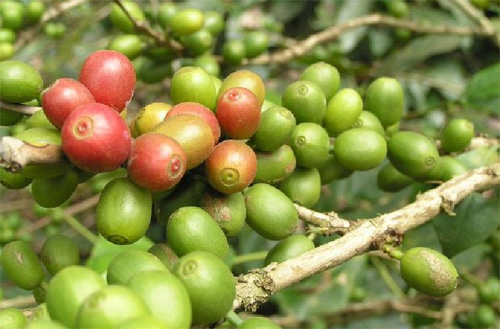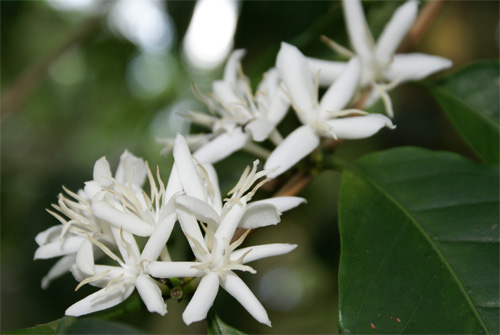The samples should be taken from each delivered bag. After sampling, the coffee from different deliveries is laid together and ready to undergo the further processing for quality improving.

Until the XIV century, coffee grew in Ethiopia as a wild plant. Later coffee tree was brought to the Arabian Peninsula. In the late XVI century, European traders began buying coffee in Arab ports, and brought it into Europe in the 1600-ies. As legend has it, in the middle of the XVII century Muslim pilgrim smuggled coffee beans into South India. From there, at the end of the XVII century Dutch traders smuggled coffee tree on Java and Sumatra. It put an end to the Arab monopoly on coffee cultivation.
Blending of different coffee species, which complement one another in terms of their features, helps to produce a balanced product where desirable qualities, such as taste, aroma, color, saturation and attractive appearance, are intensified.

There are about 70 sorts of coffee trees existing nowadays, from dwarf shrubs to 10-meter giants.

First of all, specially bred seeds are planted in the nursery provided with appropriate amount of sunlight and shade. After about six months, the saplings are transplanted into the field, where the soil was preliminarily fertilized. Coffee saplings are planted in rows with the distance convenient for saplings` and soil care as well as for harvest gathering.
News
Information
- Locations of coffee cultivation in the past
Until the XIV century, coffee grew in Ethiopia as a wild plant. Later coffee tree was brought to the Arabian...
read more - Kinds of coffee
There are about 70 sorts of coffee trees existing nowadays, from dwarf shrubs to 10-meter giants.
read more